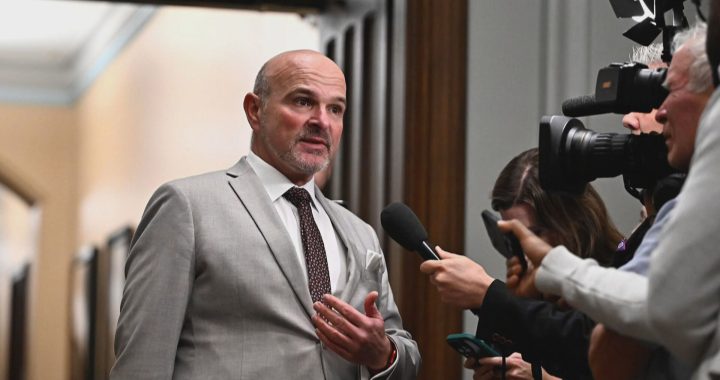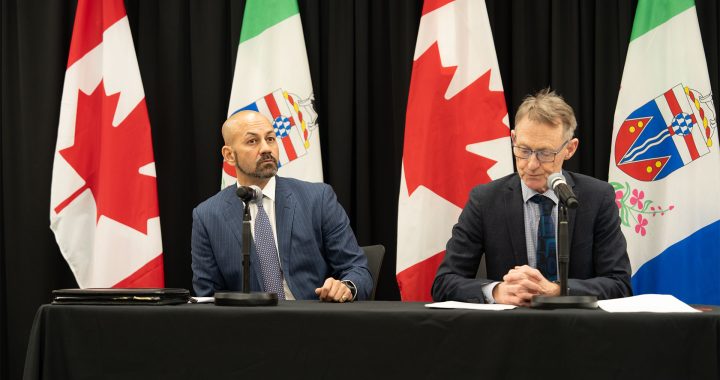The positive and negative outcomes of the Indian Residential School Settlement Agreement (IRSSA) are the subject of a new report released Thursday by the National Centre for Truth and Reconciliation NCTR).
Lessons Learned Survivor Perspectives is the name of the new report and it aims to do just that.
“This report is not really intended to be a critique of the process. It’s intended to be a very sincere reflection on the lessons learned,” said Ry Moran, director of the NCTR.
“What did we learn so that we don’t repeat these mistakes in the future?”
The 68-page document is based on residential school survivors’ experiences with the agreement.
Over the course of a five-month period the centre hosted engagement sessions across Canada and one-on-one interviews with First Nations, Métis and Inuit survivors.
Several themes emerged as survivors shared their experiences and concerns about the “massive and complex” agreement.
“It did result in a lot of change, which in terms of raising public awareness,” said Moran.
“But we also saw that many of the persistent problems that have plagued this nation, such as disrespect of Indigenous ways of knowing and being, presented a fairly significant barrier for people.”
The settlement process came into effect in 2007 and featured five main components – the Common Experience Payment (CEP), Independent Assessment Process (IAP), the Truth and Reconciliation Commission, commemoration, and health and healing services.
The process was marred with controversy, especially around the CEP and IAP.
Several lawyers were disbarred for illegally profiting off of IRSSA benefits, including Calgary lawyer David Blott who represented nearly 6,000 survivors in the IAP. An investigation determined he did not adequately represent his clients.
The report outlines challenges in the process relating to the western legal system.
“A Western, adversarial process came to dominate much of the IRSSA process, often to the detriment of the overall goals of truth, reconciliation and healing,” the report reads.
“The relationships, the timelines and the determination of what qualified as ‘evidence’ were all structured along this Western, non-Indigenous framework.”
Moran argues the process should have been “informed by Indigenous principles and practices.”
Another concern outlined was the lack of fairness or impartiality of the process.
“Never again in our history can we allow the perpetrators to administer an agreement. It is just simply wrong,” said Eugene Arcand, a survivor and the chair of the NCTR Governing Circle.
The IAP was to have been funded by Canada, but implemented and administered by the Indian Residential Schools Adjudication Secretariat who was supposed to be an arms-length, independent organization but instead the IAP Secretariat functioned as a sector within Indigenous and Northern Affairs Canada, according to the report.
Arcand is calling for a comprehensive audit of the IAP.
Terri Brown is a fellow survivor and echoes Arcand’s critiques around the IAP.
She withdrew her own application after she was told she did not have sufficient documentation.
Brown hopes the report will demonstrate the need for an Indigenous-lead approach for other settlements such as the current day school agreement.
“It’s alienating when you walk into a room and the person is very governmental and they’re government-process oriented and you don’t see a brown face looking back at you,” said Brown.
“[Indigenous] people will know how to create a safe space because most of us know what it’s like to be unsafe.”
Brown was also a founding member of the NCTR’s Survivors Circle – a group set up to ensure residential schools and their legacy are never forgotten. The circle puts the perspectives and voices of survivors front and centre when examining NCTR’s programs and policies.
She believes this is a good model other processes could follow.










Lots of survivors not contacted why?